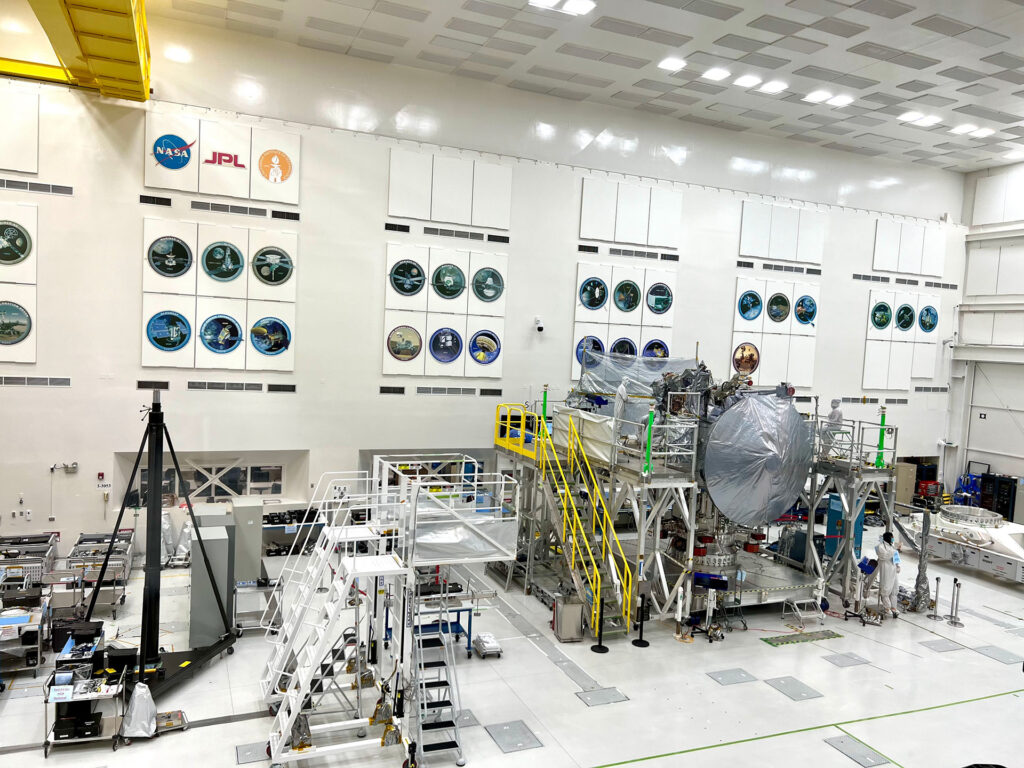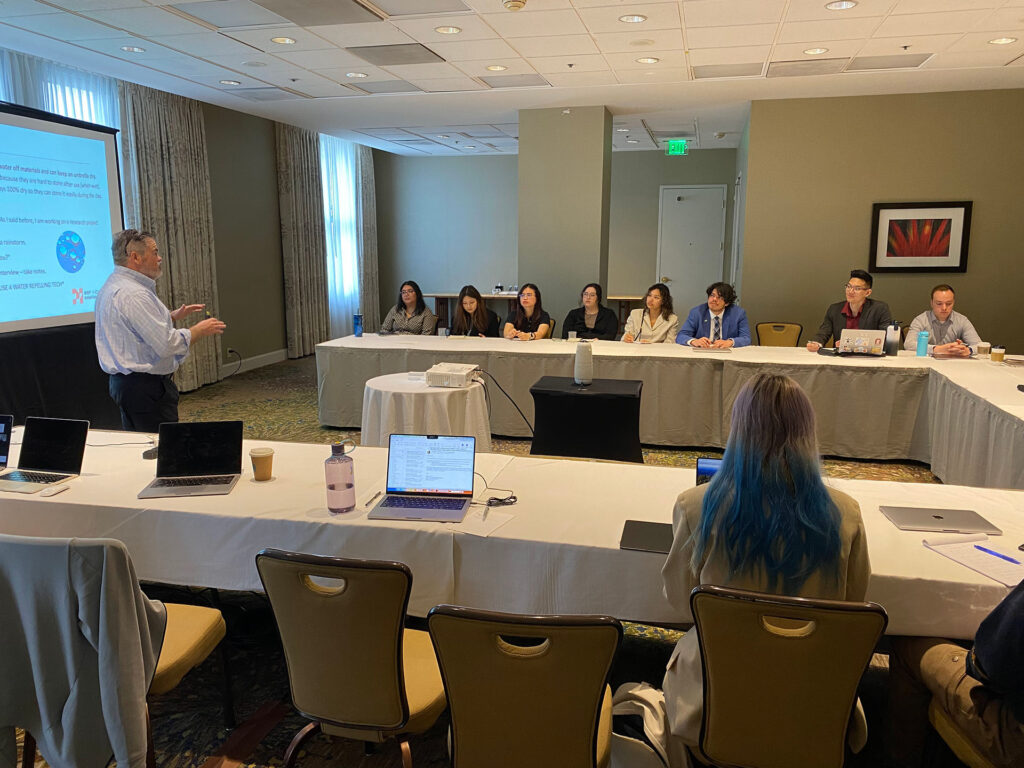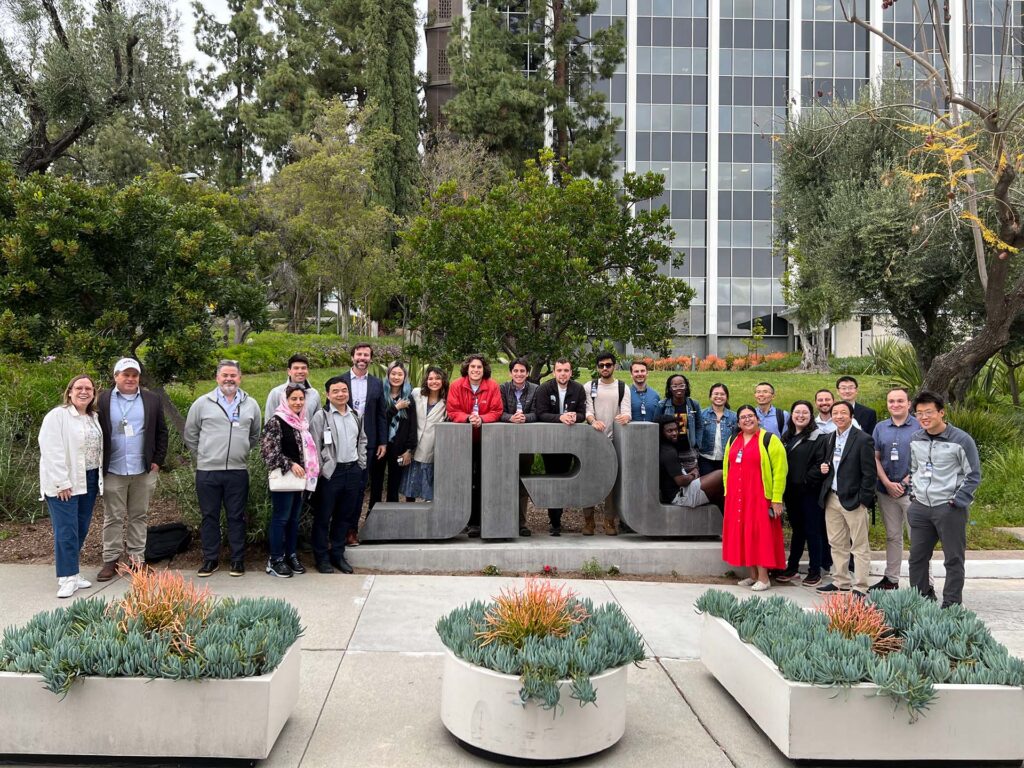NASA recently collaborated with the Interior Northeast I-Corps Hub (IN I-Corps) to run a specialized NSF I-Corps regional course for wildfire technology management innovators, an initiative that complements the agency’s wildfire management efforts.
“The [I-Corps] course played a key role in telegraphing to innovators that this is a problem that NASA is pursuing and to join us in optimizing your science or technology to help address this major societal natural disaster,” said Maggie Yancey, Entrepreneurship Lead at NASA.
The United States is currently in the heat of wildfire season, and 2024 has already proven to be a particularly destructive year for wildfires.
According to the National Interagency Fire Center, more than 29,000 wildfires have burned over 4.7 million acres this year — that’s more than three times the acreage burned by this time in 2023. With climate change driving extreme heat and drought, wildfires are happening more frequently and becoming more severe.
In the face of this challenge, federal agencies like NASA are prioritizing wildfire research and innovation, and researchers across the country are developing wildfire technology management solutions. NASA supports the development and commercialization of wildland fire technology through its Wildland Fire Management Initiative.

“Most people don’t know that NASA is actively working on wildfire management efforts,” Yancey said. “This is a field that that requires nimble innovators to advance our science and technology to truly help our society from disaster. NASA is working on everything from where preventative fuel treatments would be most effective to advance fire detection and tracking imagery capabilities with higher spatial resolution and increased frequency.”
The immersive NASA I-Corps Pilot course featured virtual entrepreneurship training followed by sponsored travel to Pasadena, CA to attend the Institute for Defense and Government Advancement (IDGA) Wildfire Technology Management Conference and to tour NASA’s Jet Propulsion Laboratory.
During the two-week virtual portion of the course, instructors Caroline Cannon of Dartmouth College and Tom Schryver of Cornell University trained teams in entrepreneurship skills and customer discovery, a methodology to evaluate the potential to translate an innovation from the lab into a successful product or service.

Participants put that training into action at the IDGA Wildfire Conference, where they interviewed potential customers to explore the commercialization potential of their research in wildfire technology management.
“We learned that it is difficult to incorporate new technologies to the existing fire operation protocols, we will probably see more and more teams of manned and unmanned aircraft during firefighting, and smoke and pollution from wildland fires will be more focused in the coming years,” said Dr. Haiyang Chao, associate professor of aerospace engineering at the University of Kansas. “We feel we need to perform more customer investigations to find the pain point that we can address.”
Teams also benefited from in-person entrepreneurship coaching during the trip, and afterward, the cohort reconvened for a final virtual session to share their findings and next steps.
Ten teams successfully completed the course:
- Collaborative Drone Firefighting Storm (Fatemeh Afghah – Clemson University) is deploying a leader-follower technology for fleets of autonomous unmanned aerial vehicles with different capabilities.
- FIRE13 (Nicholas Shanahan – North Carolina Institute for Climate Studies) is utilizing a machine learning algorithm trained on historical data for wildfire prediction, detection, and alert systems.
- FireChat (Tao Liu – Michigan Technological University) is developing a model to precisely forecast the locations and dates of wildfire ignitions.
- Firefly (Haiyang Chao, Xiaolin Hu, and Ming Xin – University of Kansas) is creating drone technologies and data models for sensing, mapping, analyzing, and predicting wildfires.
- FIRESENSE (Shuaiang Rong and Neftaly Lara – University of Illinois-Chicago) is using AI vision software for early wildfire detection.
- Modular Platform (Shuo Pang, Andrew Klein, and Rocio Frej Vitalle – University of Central Florida) is developing a sensor suite featuring long-wave infrared and visible camera sensors for unmanned aerial systems.
- Project FireWatch (Sofia Silva and Nha Alvarado – San Jose State University) is creating a high-performance wildfire drone with fire trajectory software.
- Sireen (Vania Arredondo and Allan Prieb – Florida International University) is developing a holistic system of IoT devices with AI & data from satellites that provides first responders with real time insights to coordinate wildfire response.
- SmokeSeer UAS (Andrew Jong, Tyler Harp, and Yifei Liu – Carnegie Mellon University) is working on a technology that allows drones to fly safely through smoke, sense, and map fires in greater detail than was previously possible.
- Suspended Autonomous Fire Extinguisher, SAFE (Imre Bartos – University of Florida) is developing an autonomous system that can extinguish wildfires in hard-to-access locations, apply fire retardants without fanning flames, and use less retardant.
“I learned that the adoption of new technologies is becoming more common,” said Imre Bartos, associate professor of physics at the University of Florida. “The landscape is changing. However, early response has been mostly neglected as it seemed unachievable, and instead the focus was on risk assessment and targeting wildfires already out of control. My takeaway was that there is a clear need for our solution and the key to its adoption will be the demonstration of successful deployment.”
The success of this NASA I-Corps Pilot illustrates the power of cross-disciplinary collaboration to maximize the impact of research and innovation and solve real-world problems. The course provides a model for future collaborations between NASA and IN I-Corps focused on different fields.
“NASA is at the frontier of scientific discoveries and technological advances that inspire and advance humanity,” Yancey said. “Entrepreneurship and innovation are at the heart of how to make that happen successfully and spur economic growth in this New Space economy. Entrepreneurship is going to shape and transform this new and important sector that has already yielded life changing technological developments here on earth, from cordless power tools making it possible to work home projects with ease, to watching the U.S. bring home the Olympics in space-age swimsuits that address pressure and vicious drag, making our swimmers the fastest in the water.”


